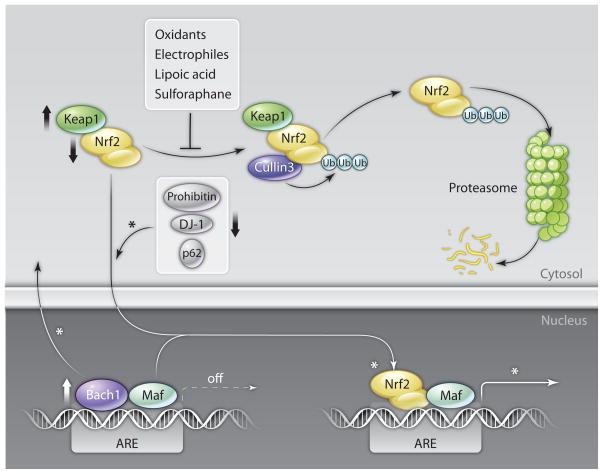Fig. 2. Regulation of the Keap1-Nrf2 antioxidant response pathway.
Signaling through the Keap1-Nrf2 antioxidant response pathway is shown in a simplified manner. In basal conditions, Nrf2 is targeted by Keap1 for Cullin3-mediated polyubiquitination and proteasomal degradation. Phase 2 genes are mostly inactive and Antioxidant Response Elements (AREs) in their enhancers are largely bound by small Maf dimers or other repressive factors like Bach1. Oxidants, electrophiles, cancer chemopreventive agents, and other “inducers” impair Nrf2 degradation and facilitate the nuclear accumulation of Nrf2. The activation of Nrf2 is further promoted by positive pathway modulators like DJ-1, p62, and prohibitin. As a result, antioxidant response genes are transcriptionally induced in a coordinated manner through Nrf2-small Maf dimers bound to their AREs, the redox balance is restored, and oxidative damage is minimized. Chronic oxidative stress associated with aging or degenerative diseases handicaps the expression or function (↓) of critical Nrf2 pathway modulators, or increases the abundance (↑) of negative regulators like Keap1 and Bach1. Nrf2 proteolysis is increased, while several other steps (*) of the pathway are reduced. As a result, Nrf2 activity is compromised despite the presence of oxidative conditions. Nrf2-stimulating compounds, like sulforaphane and lipoic acid, induce Nrf2 activity and restore the Cnc antioxidant response.

